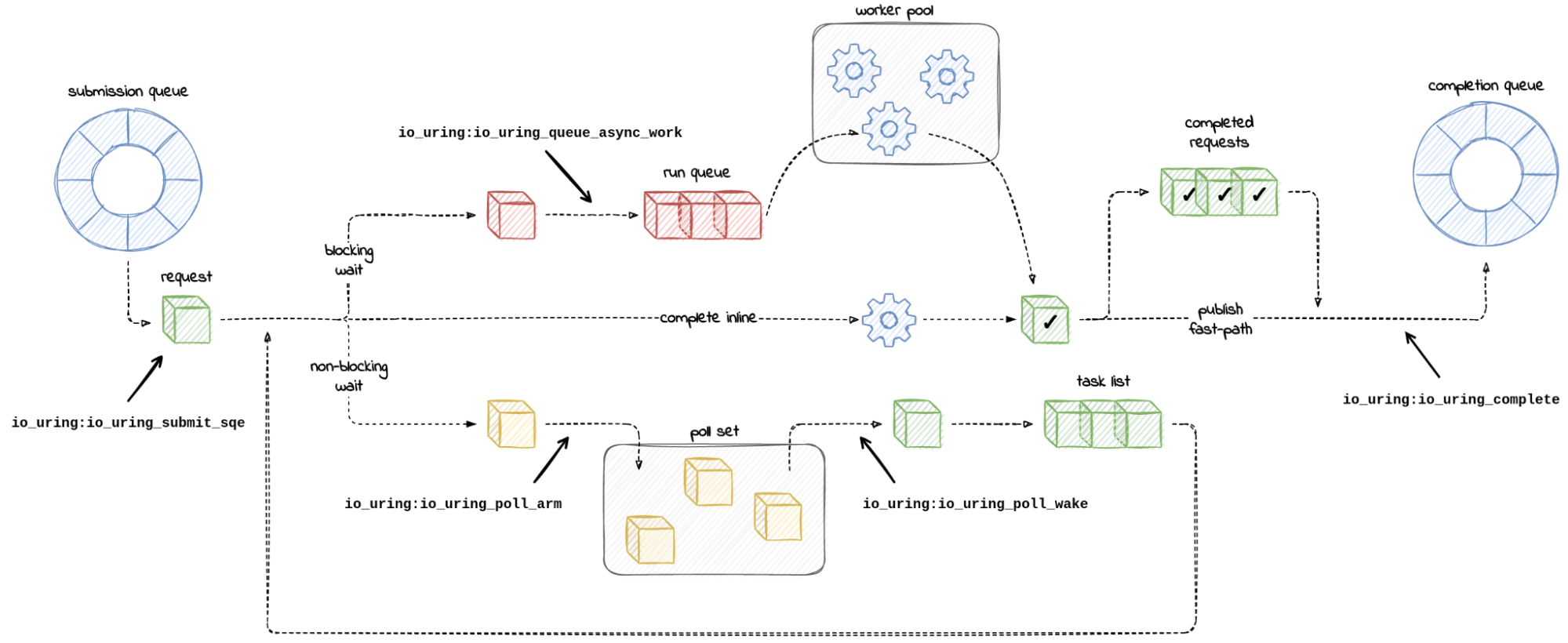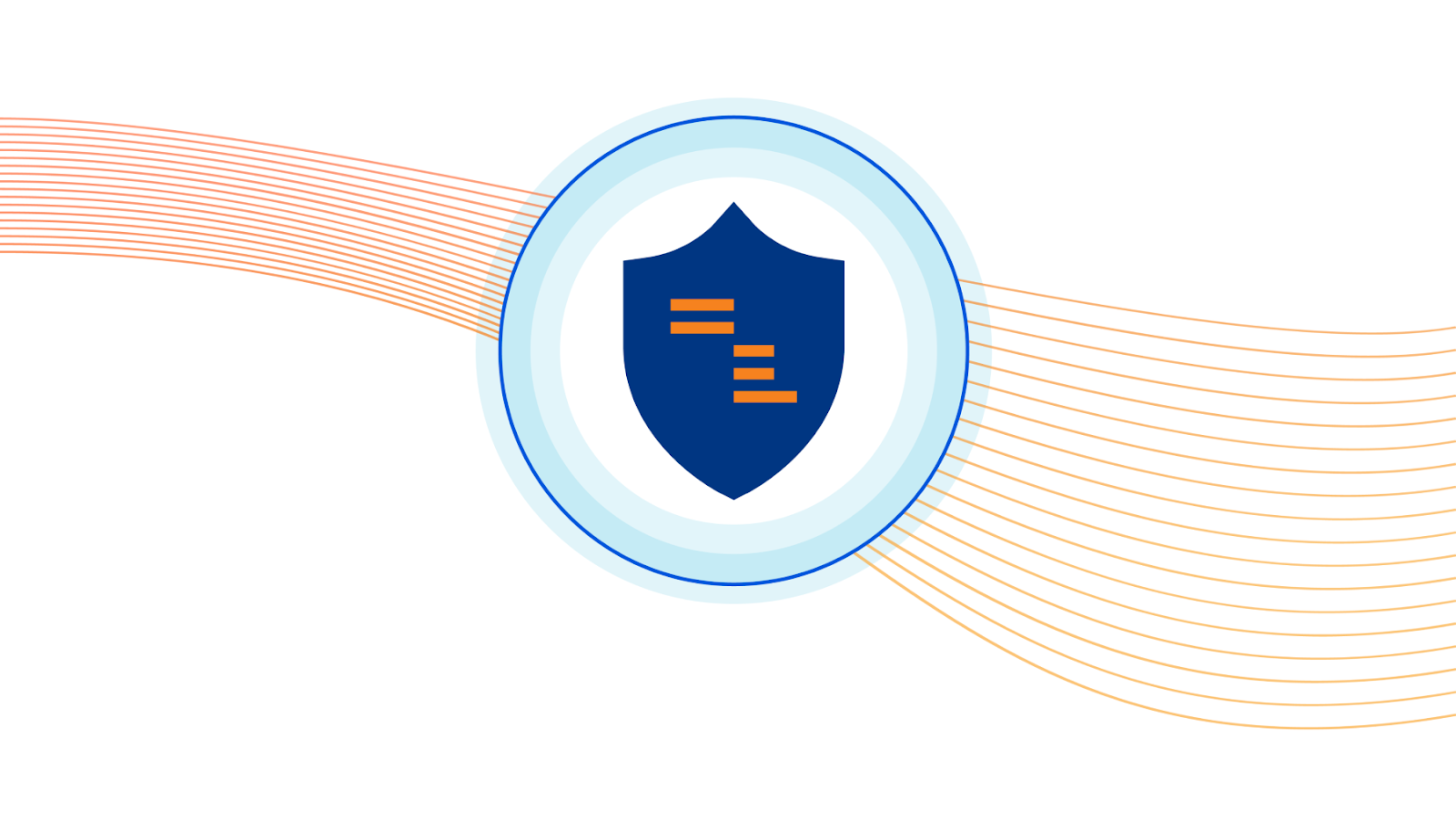Pluribus NOS upgrades target Kubernetes, cloud fabric management
Pluribus Networks has significantly upgraded its switch-fabric software to provide a better handle on distributed, containerized enterprise-cloud resources.The upgrades add three new fabric-monitoring capabilities—FlowTracker, KubeTracker, and Virtualized Packet Broker Service—to Netvisor One, the company’s virtualized Linux-based NOS that provides Layer 2 and Layer 3 networking and distributed fabric intelligence.The NOS virtualizes switch hardware and implements the company’s Adaptive Cloud Fabric software-defined networking package. Adaptive Cloud Fabric operates without a controller and can be deployed across a data center or targeted to specific racks, pods, server farms, or hyperconverged infrastructures, the company said.To read this article in full, please click here



